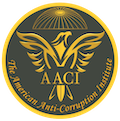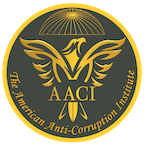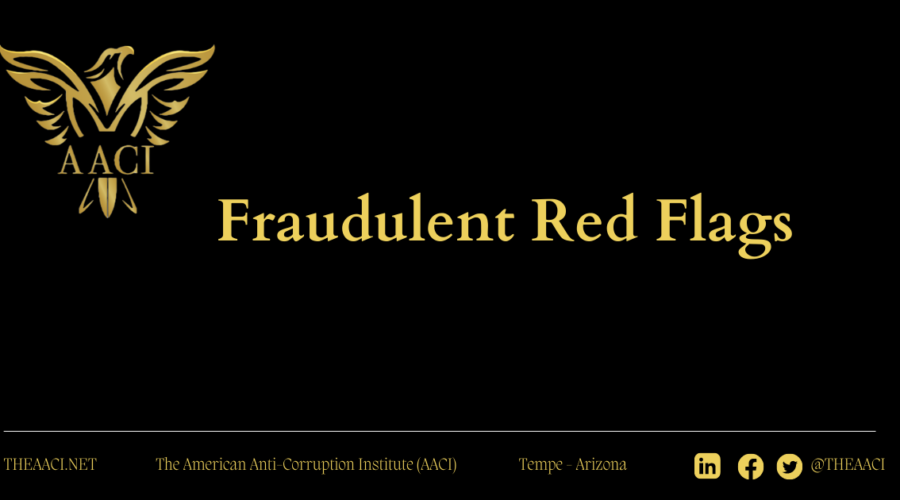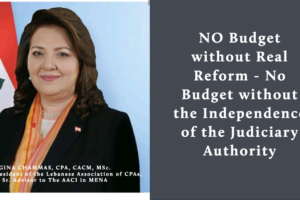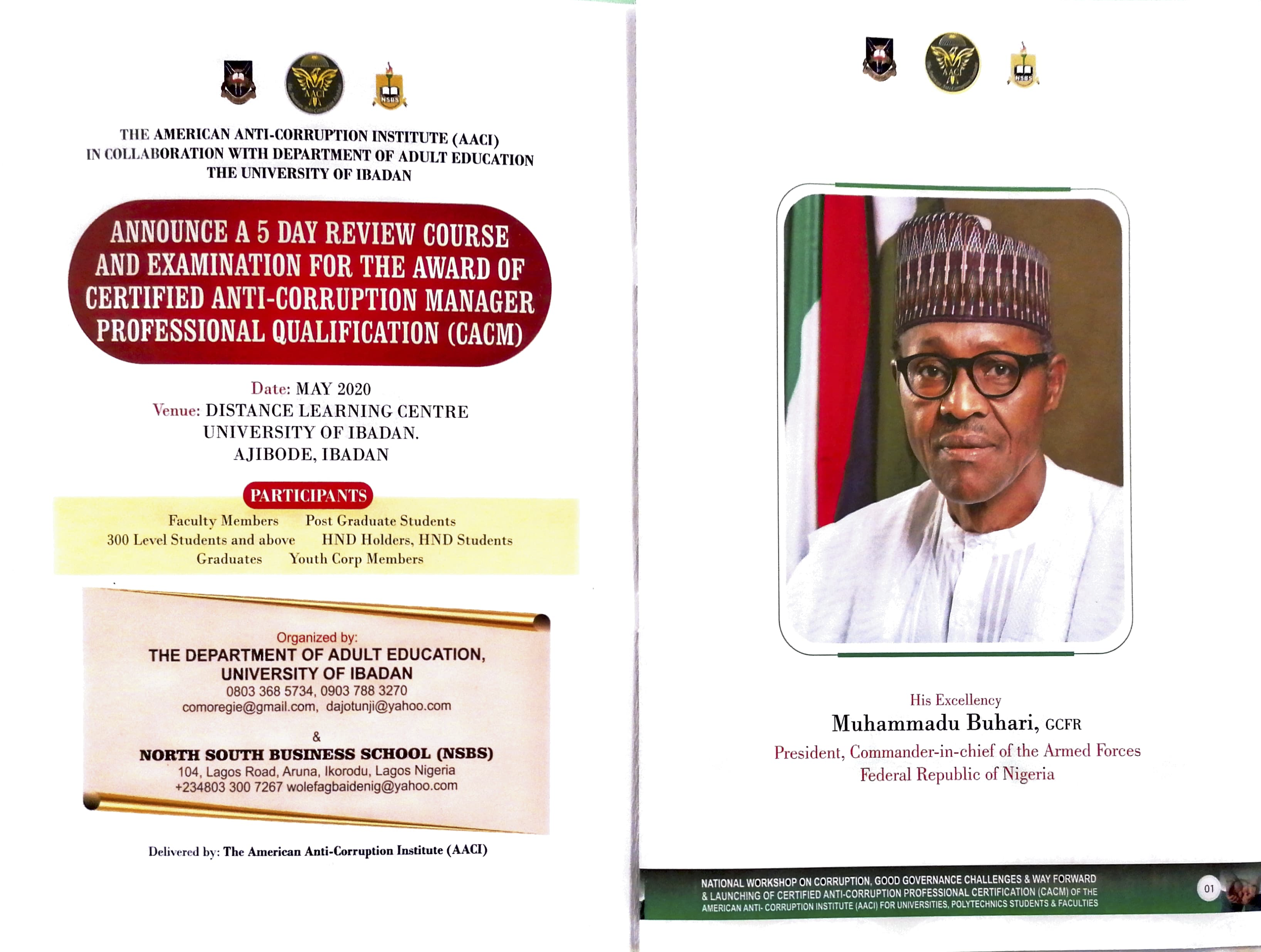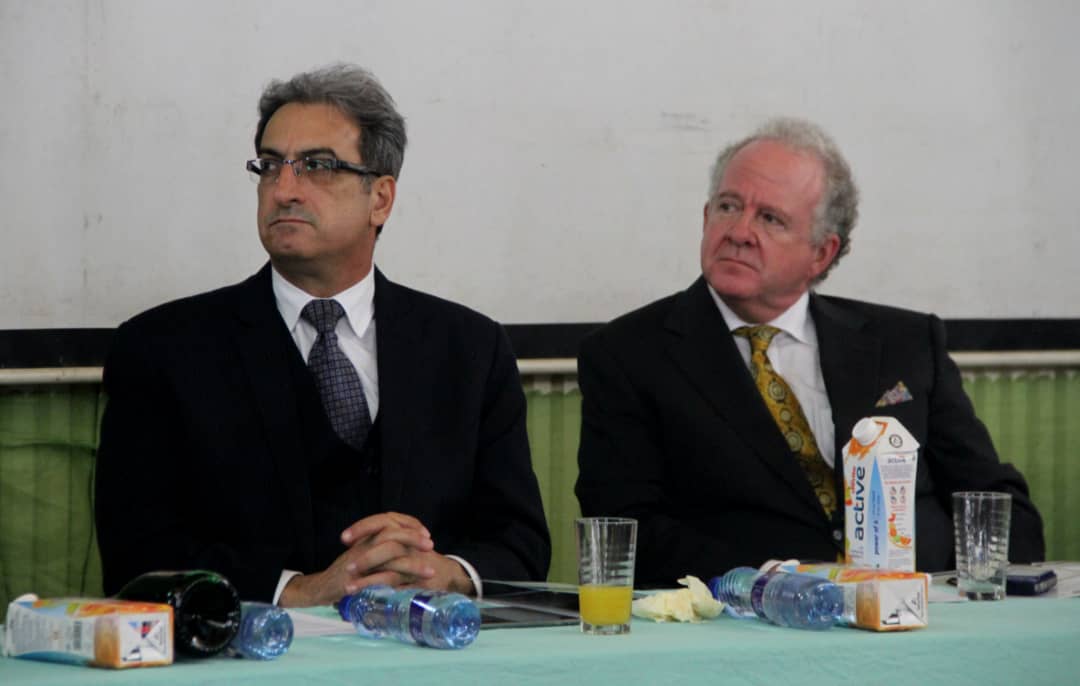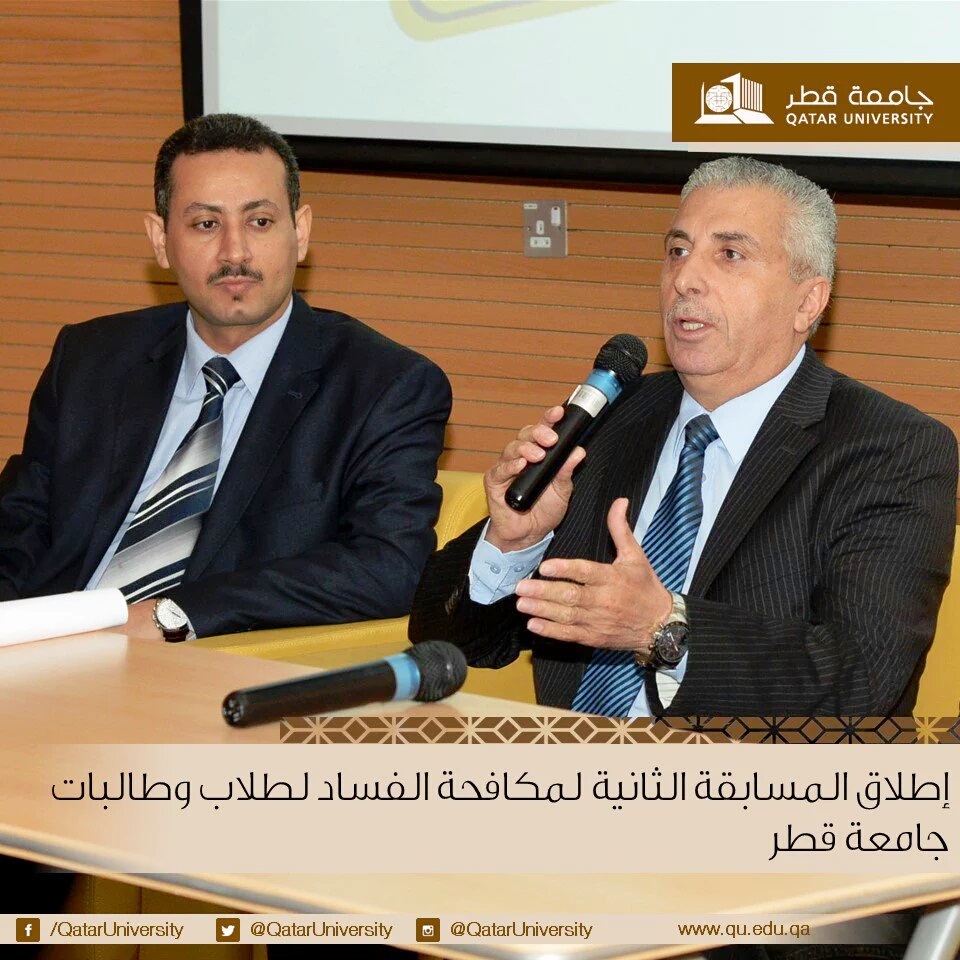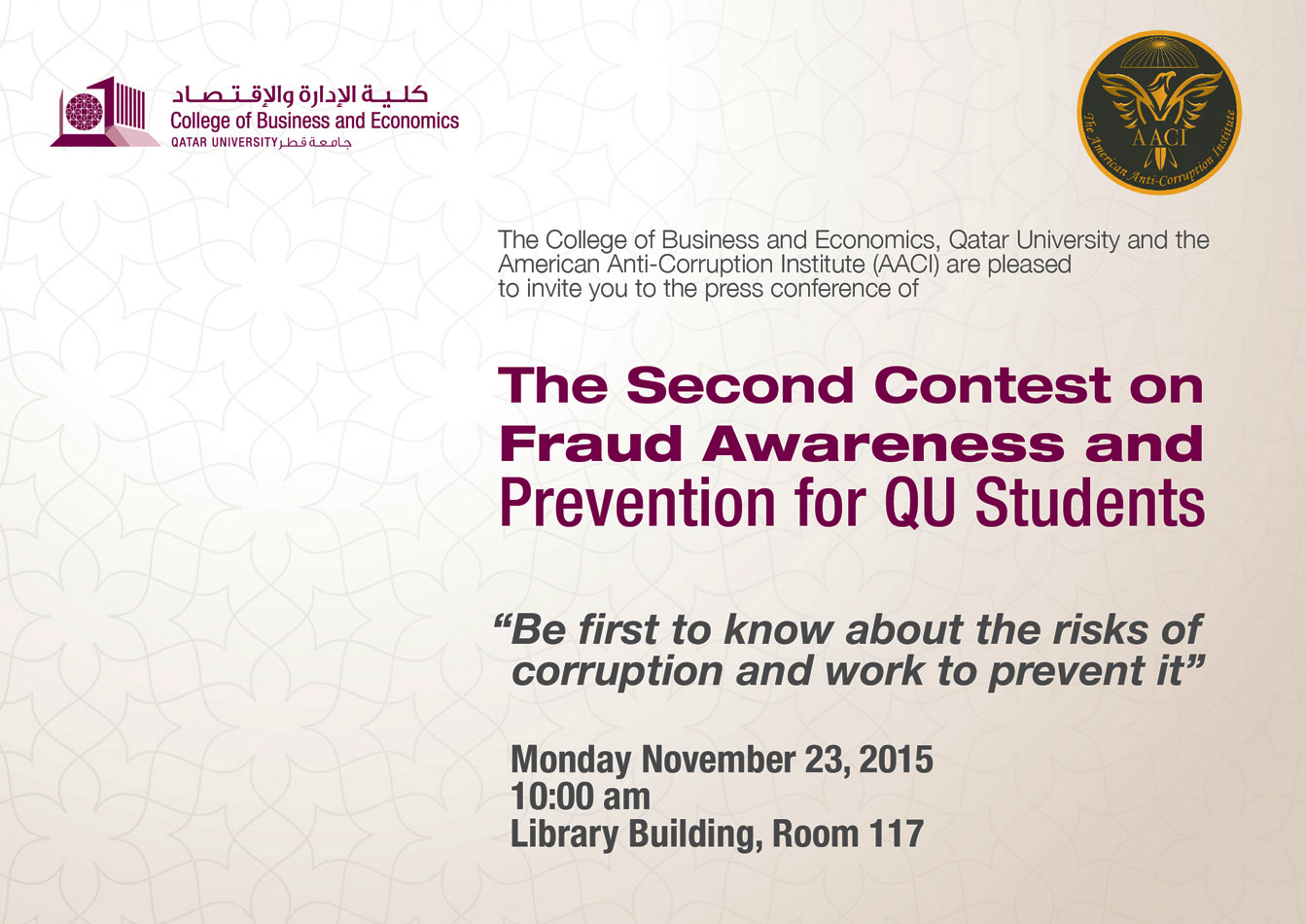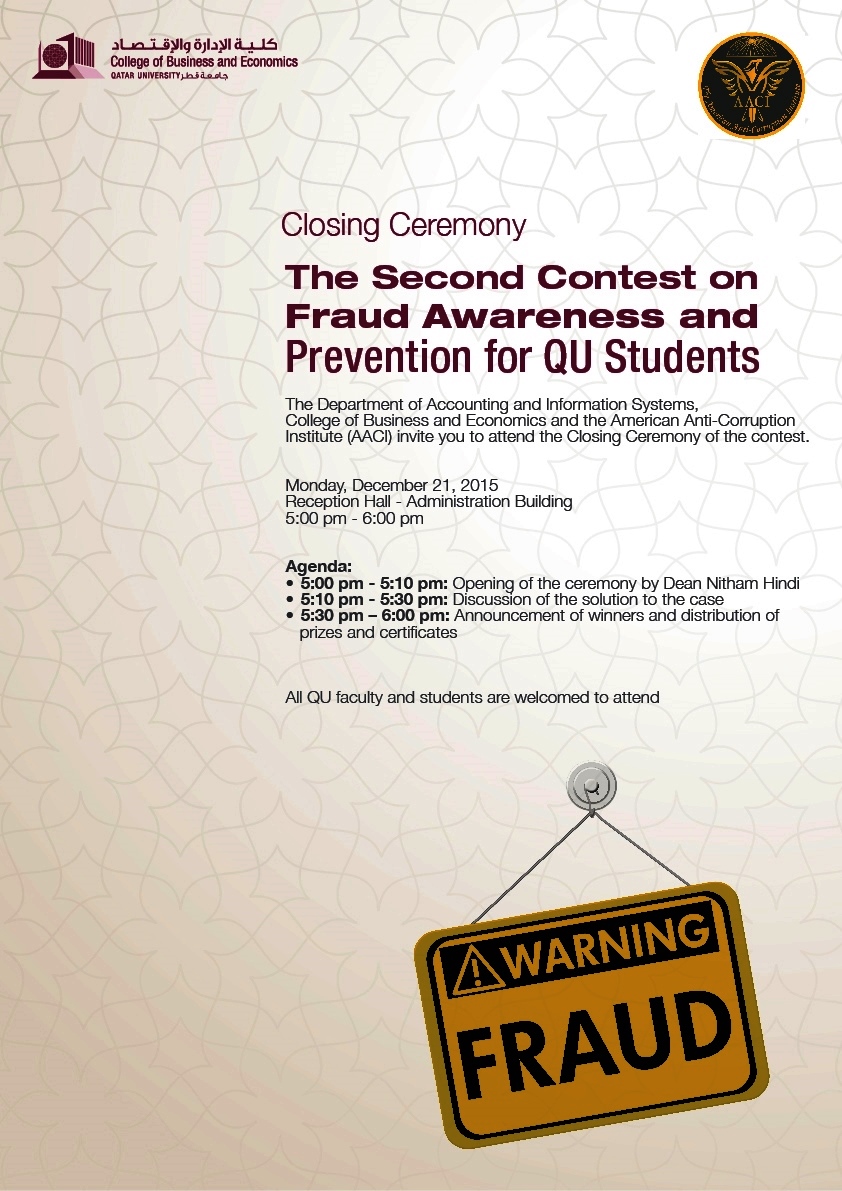Technical Staff
April 25, 2023
The following list of common red flags may indicate fraudulent behavior. However, they may not always mean fraud, but they may help identify potential risks and assess whether further investigation is warranted.

1. Unusual behavior: A fraudster may exhibit unusual behavior, such as working odd hours, taking frequent vacations, or showing lavish spending habits.
2. Personal financial difficulties: A fraudster may experience financial problems, such as large debts or financial obligations, which may increase their motivation to commit fraud.
3. Close relationships with suppliers or vendors: A fraudster may have close relationships with suppliers or vendors and use these relationships to exploit opportunities for fraudulent activity.
4. Refrain from disregarding policies and procedures: A fraudster may excuse policies and procedures, such as ignoring controls or bypassing established processes.
5. A lack of transparency: A fraudster may be elusive or secretive about their activities and refuse to provide information or documents when asked.
6. Unexplained accounting anomalies: A fraudster may create false transactions or manipulate accounting records to cover up fraudulent activity.
7. Changes in behavior or attitude: A fraudster may exhibit changes in behavior or attitude, such as becoming defensive or hostile when questioned about their activities.
8. Lack of documentation or incomplete records: A fraudster may need to maintain proper documentation or documents to support their activities, making it difficult to trace their actions.
9. Refusal to take vacations or time off: A fraudster may refuse to accept holidays or time off, as this would increase the risk of their fraudulent activities being discovered.
10. Employee complaints, tips, or reports of suspicious behavior: Employees may report suspicious behavior or complaints about a fraudster, such as a sudden increase in wealth or unexplained cash transactions.
The board of directors, those charged with governance, and senior management should always ensure they possess the minimum level of education and financial intelligence to identify these red flags and respond promptly. Further, they should make sure internal control and governance mechanisms are effective. The most effective defense to combat fraud is whistleblowing. Therefore, the organization should establish, implement and maintain an effective whistleblowing policy.
